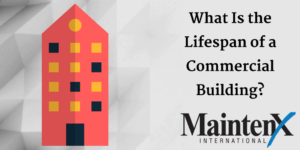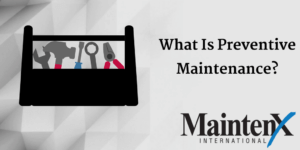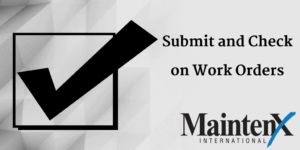New physical and financial threats are posing ever-growing problems to the energy sector – and negatively affecting the world economy in the process.
Reliable infrastructure is the foundation of a thriving economy, allowing for timely and safe production and delivery of vital goods and services to all sectors. When infrastructure fails, the entire system is disrupted, but the consequences of energy infrastructure failure can be especially devastating.
All over the world, climate change represents the greatest threat to communities and the energy and economic infrastructure they rely on. Some examples of these threats include:
- extreme heat
- stronger storms
- more intense and longer-lasting droughts
- more frequent wildfires
- sea level rise and attendant flooding
Extreme weather conditions affect all parts of the United States, from hurricanes in Puerto Rico to tornadoes in Oklahoma, exacting terrible humanitarian and monetary costs.
What is Energy Infrastructure Resilience?
Energy infrastructure resilience’s goal is to mitigate the risks posed by climate change and ensure the stability of energy infrastructure in the face of these growing threats.
Some of these methods include:
Energy Storage
This increasingly important technology seeks to store more power in smaller vessels. This can help communities whose generation capacity is disrupted, and save lives in hospitals, nursing homes, and more.
Home Green Power Generation
If you have solar panels or a wind turbine on your roof, you have less to fear from your power lines going down.
Undergrounding of Power Transmission
While electrical poles can be blown down, and debris can fall on lines, underground wires are much less vulnerable to most natural disasters.
The best way to prepare for the increased risk of natural disaster is for countries to develop thorough emergency preparedness plans and implement them quickly when needed. Planning ahead will give us the best chance of retaining our energy infrastructure in the face of a world with increasingly hot and extreme weather.










